The first thought of home lighting design should be the orientation of windows for quality of life, but also passive solar heat gain. Not only does the sun offer free heat, but free light as well. Natural and certain types of artificial lighting can reduce the symptoms of Seasonal Affective Disorder (S.A.D.).
Studies show that people who live and work in naturally lit environments are healthier, happier and more productive. Natural light can make a long winter much more bearable, but whatever the season, well-planned homes can have little need for lighting until the sun goes down.
Different types of light bulbs
Incandescent
These are the old bulbs you probably grew up with that throw a nice warm light, and warm you up as well.
Incandescent bulbs produce light by heating a tungsten filament. Of the energy they consume, 80% is converted into heat, while only 20% is converted into light. Compare that to LED’s which are 80% efficient, meaning they convert 80% of energy into light, and only 20% into heat.
In winter months that heat is as valuable as heat generated from any other source; it is the summer months when it becomes a burden on your comfort and energy consumption. Not only is it heat you don’t want, but your air conditioner has to work harder to counteract it. To give you a bit of perspective - having five 100 watt bulbs on is the same as running a 400 watt heater.
Halogen
Using about 15% less energy than incandescent, halogens bulbs are an improvement but still an inefficient light source. Like incandescent bulbs, they also produce light by heating a tungsten filament but they include halogen gas, hence the name.
Make sure they are at a safe distance from any combustible materials. Halogens generate such an intense heat they can easily cause burns or start a fire.
Compact fluorescent (CFL)
Compact fluorescent bulbs are an efficient alternative to incandescent. Priced higher than incandescent bulbs, the life span and reduced energy consumption make it a worthwhile investment.
On the negative side, fluorescent bulbs contain mercury vapour, and are actually considered hazardous waste when disposed of. While the energy efficiency compared to incandescent bulbs is substantial, it’s hard to ignore the health risks.
If you are using them, try to keep them in areas where they aren’t likely to be broken. If you do break one, open some windows and change the air in the room immediately.
Some people have reported health effects from being in close proximity to CFL bulbs for extended periods of time. While this only affects a small number of people, health implications can include rashes, eczema and photosensitivity.
There is also evidence to suggest fluorescent bulbs can aggravate conditions like the auto-immune disorder lupus, migraines and increase the severity of epileptic seizures.
LED (light emitting diode)
LED’s came into practical use in the 60’s and are most familiar to us as indicator lights on electronic devices. Average bulbs offer approximately 100,000 hours of operation, or about 11 straight years, though some can be as much as double that lifespan. Compare that to a 5,000 hour lifespan of incandescent bulbs.
LEDs are 4 times more efficient in operation than compact fluorescent bulbs and 16 times more efficient than incandescent.
I hesitate to even mention price, because by the time I finish this the price could have come down again, and I’m not kidding. At this moment, to replace a 60 watt bulb you will likely pay between $15 and $20, though I’ve seen them advertised online for under $10.
At any of those prices they will still cost a fraction to operate, save you money on air-conditioning and you will probably never change that bulb again. For what it’s worth, they are your best bet if you can afford it.
This isn’t to suggest you run out and change all your bulbs, just keep it in mind when you do need to replace one and keep checking the prices.
Lighting design features to consider
-
Be aware of the blinding effect of direct bulbs when shopping for fixtures and designing their placement.
-
Direct cool light in kitchens is quite practical, and consider warmer soft light in living areas, with reading lamps.
-
Strategically placed lights can reduce the need for additional fixtures, cutting costs of installation and operation.
-
Pot lights are quite a popular trend, and frankly can create very dynamic and dramatic room lighting. While individually they aren’t less efficient, the reality is that the directional nature of pot lights usually has them installed in clusters of 3 or 4 times the amount you might have used otherwise. That starts to add up when you consider installation as well as operation, so be sparing and strategic with them.
-
‘Light wells’ can offer natural day light where there wouldn’t otherwise be any. This refers to a reflective tube than can bring light a long distance from your rooftop. They can bring light from long distances, even around corners.
-
Design exterior lighting that can illuminate hazards at night and allow you to identify visitors, yet not create light pollution for yourself and neighbours.

Different colours of light
All sources of light have different colours (light temperatures), measured in degrees kelvin after physicist William (Thompson) Kelvin noticed the different colours of light emitted as he heated up a lump of coal.
We’ve all noticed that candle light is significantly different and warmer in colour than a fluorescent bulb for example. Consequently we look much healthier sitting at a candle lit table in a restaurant than the pasty green face we see in the washroom mirrors under fluorescent lighting.
Colour and quality of light emitted from bulbs:
Incandescent: yellow in colour, the warmest of bulbs.
Halogen: slightly cooler than incandescent but still a warm colour
LED: a crisp light, in the middle of the spectrum. Not too warm but not overly cool either.
Fluorescent: the cooler of commercial bulbs, leaving a greenish hue.

The quality and colour of light affects us more than most people might realize. Lack of natural light in winter months has a measureable effect on mental health, known as Seasonal Affective Disorder (S.A.D.) and can be significantly alleviated by light therapy, which can be as simple as changing bulbs.
Fluorescent tubes and many bulbs are now available in what is called ‘ full spectrum ’ or ‘daylight balanced’ colour. By closely imitating natural light, daylight bulbs can noticeably reduce depression during winter months.
Full spectrum bulbs used to be quite hard to find and many times the price of conventional bulbs, but due to increased consumer demand they are more easily found now and much more reasonably priced.
While there is really no bulb that can truly mimic the sun, daylight balanced bulbs are named so because they come close. For that reason, they also come with the potential for harming retinas with too much exposure, so don’t look right into them for any period of time.
Do skylights all leak?
It has often been said that there are two kinds of skylights; the ones that leak, and the ones that are GOING to leak. While not completely accurate, there is some truth to it.
While there are many that leak, oftentimes there is a problem with condensation that is mistakenly diagnosed as an exterior leak. Since skylights protrude from the ceiling, they offer a deep cavity where warm moist air collects and is in direct contact with the cold surface of the glass.

Skylights are an attractive feature, but they lose a lot of heat. And in the cold Canadian climate you could be asking for trouble. All windows gradually lose their interior insulating gases, and that is usually when skylights become a real problem. Proper room ventilation can help, like a ceiling fan nearby, also if you keep your relative humidity lower that as well will reduce the problem.
If you do plan to install them, you are best to look for high quality ones. That could save you a lot of headaches and money in the future.
Light wells, as mentioned above don’t have the same condensation issues as skylights. They are sealed units so there is no conduction point where cold exterior glass meets warm interior air.
Now you know about home lighting design, learn more about making livable homes in the following pages and in the Ecohome Green Building Guide.
Find more about green home construction and reap the benefits of a free Ecohome Network Membership here. |





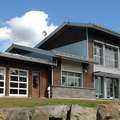










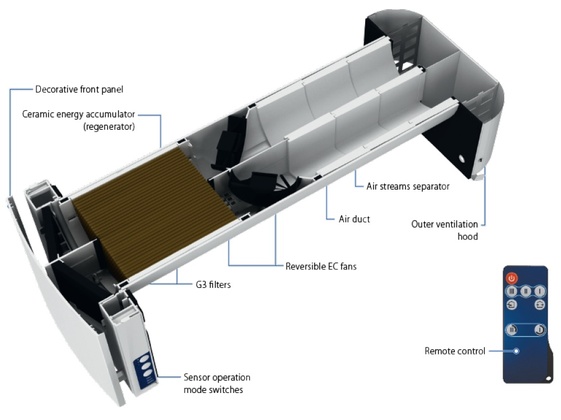


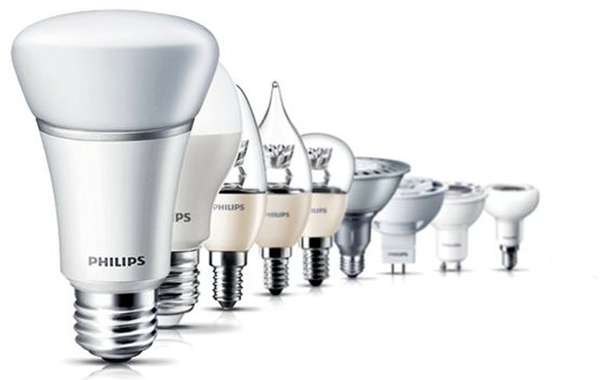


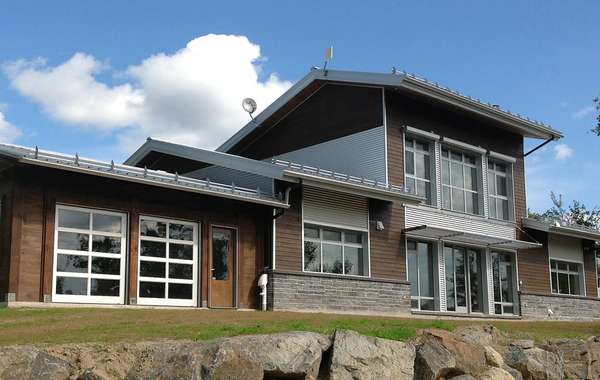
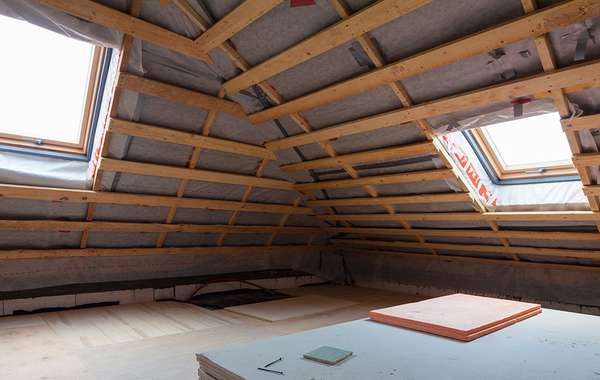
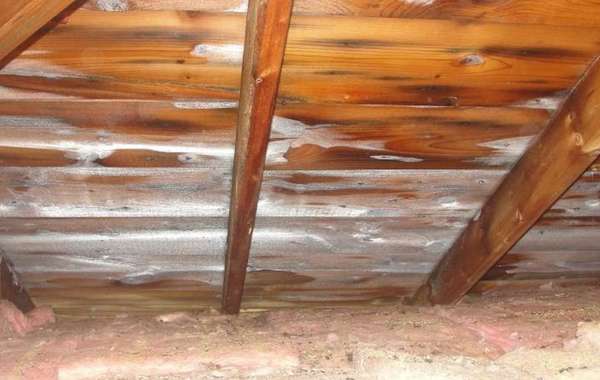
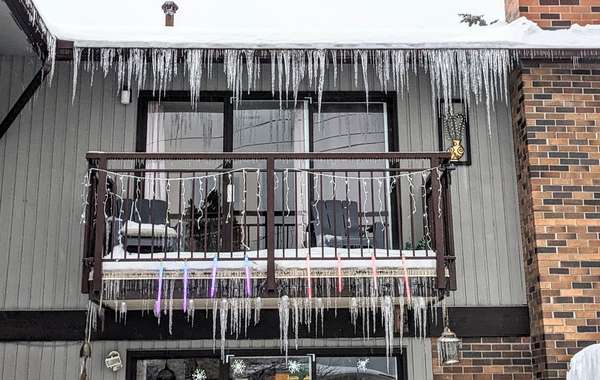


Comments (0)
Sign Up to Comment